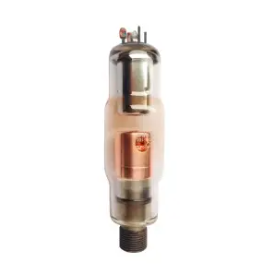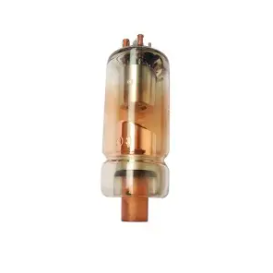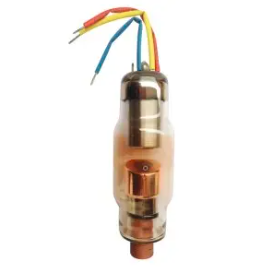X-ray tubes are important tools for imaging in a variety of medical and dental procedures. Each type of X-ray tube has its own advantages that make it ideal for specific applications. In this article, we will highlight the advantages of four different types of X-ray tubes: fixed anode, intraoral dental, panoramic dental, and medical X-ray tubes.
Fixed anode X-ray tubes are commonly used in medical imaging such as CT scans, mammography and fluoroscopy. They are designed for high-resolution imaging and produce extremely sharp images with minimal distortion. The fixed anode design allows for fast image capture, which is especially useful in emergency situations. In addition, the anode's high heat capacity allows it to withstand prolonged exposure to high temperatures, making it ideal for high-volume use.
Intraoral dental X-ray tubes are designed for dental applications, specifically for imaging single teeth and small areas of the oral cavity. The tube's small size allows it to be easily inserted into the patient's mouth, providing a close-up view of the area being imaged. The X-ray beam produced by the intraoral X-ray tube is highly focused to minimize the patient's radiation exposure. This makes them suitable for use in pediatric dentistry, as well as for patients wearing dental appliances such as braces or dentures.
Panoramic dental x-ray tubes are used to capture panoramic images of the entire oral cavity. Unlike intraoral x-ray tubes, they do not need to be inserted into the patient's mouth. Instead, the patient stands in front of the machine, and an x-ray tube rotates around their head, capturing images of their entire mouth. Panoramic X-ray tubes produce wide images that help identify dental problems such as impacted wisdom teeth and jaw fractures. They can also be used to detect tumors and other abnormalities in the jaw.
Medical X-ray tubes are used in a wide variety of applications, from diagnostic imaging to radiation therapy. They are designed to produce high-quality images for patients while minimizing radiation exposure. X-ray beams produced by medical X-ray tubes are versatile and suitable for a variety of applications. Additionally, medical X-ray tubes often have advanced features such as adjustable voltage and current settings that allow precise control of the generated X-ray beam.
In summary, each type of X-ray tube has its own advantages that make it an ideal choice for a particular application. Fixed-anode X-ray tubes are ideal for high-resolution imaging in emergency situations, while intraoral X-ray tubes are ideal for capturing images of individual teeth and small areas of the mouth. Panoramic X-ray Tubes are designed to capture panoramic images of the entire oral cavity, while Medical X-ray Tubes are versatile and highly advanced, suitable for a wide range of applications. By understanding the strengths of each X-ray tube, medical professionals can choose the ideal tool for their specific needs, improving patient outcomes and reducing radiation exposure.
Post time: Jun-12-2023




